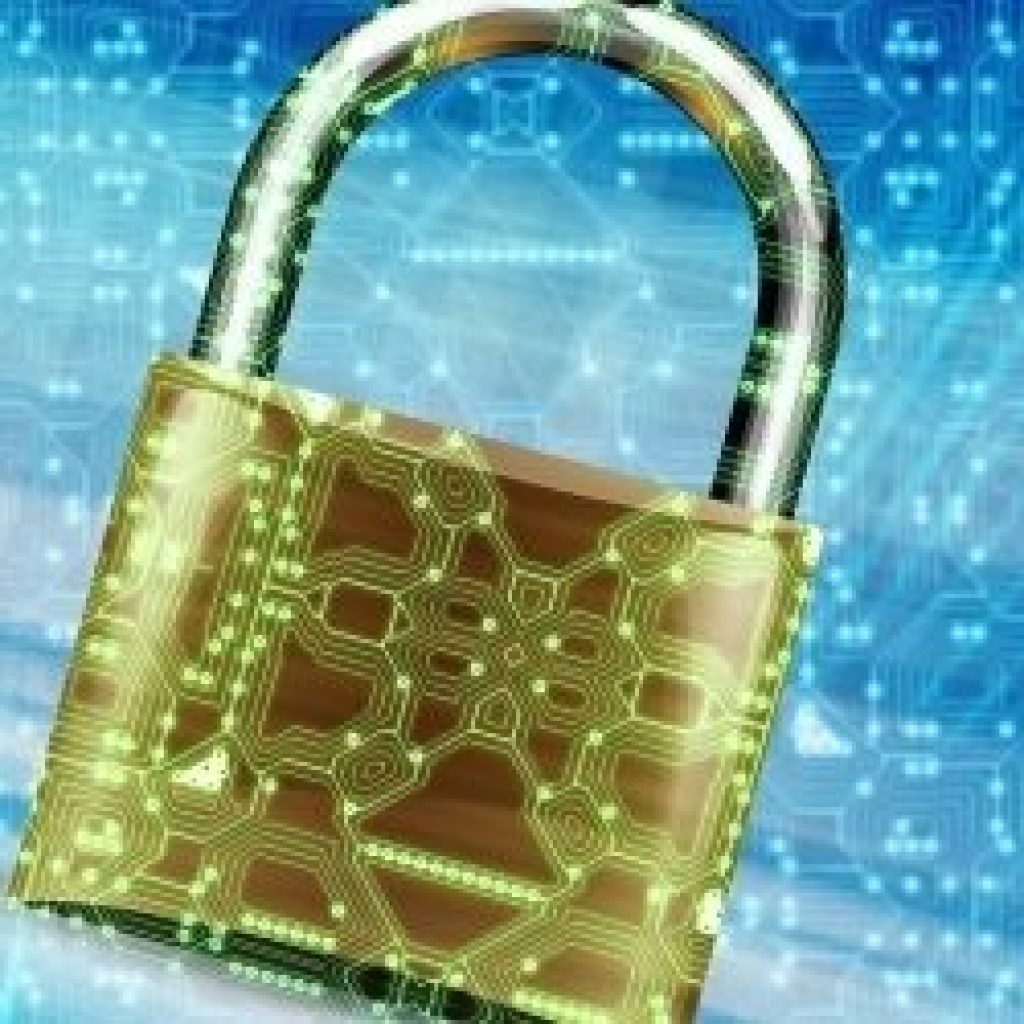(Entrepreneur) Hackers are evolving in parallel to technological advancements. Engineers, mathematician and physicists are simultaneously working on innovative concepts that harness the progression of classical encryption methods. New devices are utilizing principles of quantum physics and deploying sophisticated and powerful algorithms for safe communication.
Utilization of public keys for encryption and private keys for decryption — each of which are created by algorithm-fueled random number generators — is called asymmetrical cryptography. Genuine randomness is considered unachievable by purely classical means, but can be accomplished with the added application of quantum physics.
There are two methods by which large-scale quantum and classical computers can obscure private information.
Method #1: Recover the key generated during the key agreement phase.
Method #2: Interrupt the encryption algorithm.
Quantum key distribution (QKD) is a quantum cryptographic primitive designed to generate unbreakable keys. QKD ensures key agreement, including well-known BB84 and E91 algorithms. In 2017, a Chinese team successfully demonstrated that satellites can perform safe and secure communications with the help of symmetrical cryptography and QKD.
QKD alone can’t satisfy all protection requirements, but there are other mechanisms for security enhancement by utilizing “quantum-safe” encryption algorithms based on solving mathematical problems instead of laws of quantum physics.
The United States National Institute of Standards and Technology is presently evaluating 69 new methods known as “post-quantum cryptography,” or PQC. Quantum computing offers an eminent, potential solution to cybersecurity and encryption threats. Any security-forward organization ought to develop an understanding of crypto agility.
Security-Forward Organizations Ought to Develop Understanding of How to Apply Quantum Computing to Cybersecurity
